Home>Garden Essentials>What Is The Difference Between Black And White Sesame Seeds
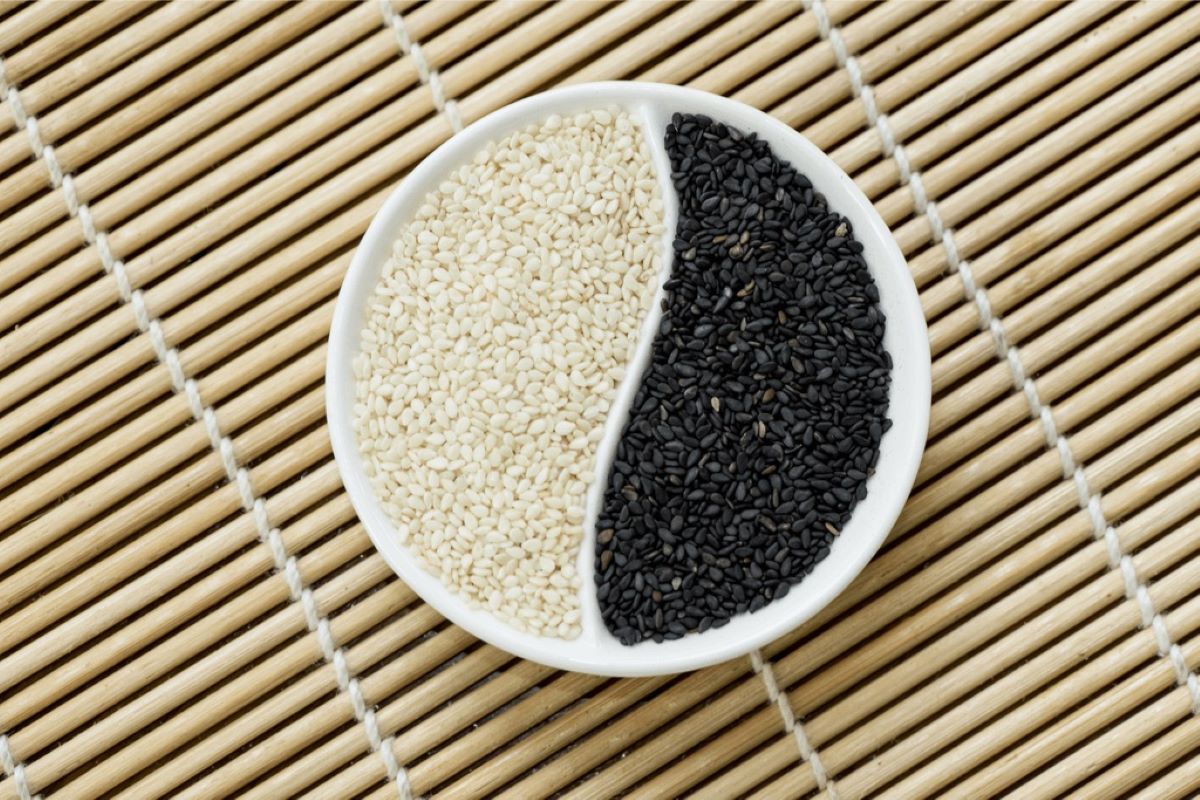

Garden Essentials
What Is The Difference Between Black And White Sesame Seeds
Modified: August 17, 2024
Discover the key disparities between black and white sesame seeds in your garden. Learn about their unique flavors, appearances, and culinary uses.
(Many of the links in this article redirect to a specific reviewed product. Your purchase of these products through affiliate links helps to generate commission for Storables.com, at no extra cost. Learn more)
Introduction
Sesame seeds are a versatile ingredient used in a variety of cuisines around the world. They come in two main varieties – black and white. While both types come from the same plant (Sesamum indicum), they have distinct differences in terms of appearance, taste, culinary uses, and nutritional value. Understanding these differences can help you make informed choices when using sesame seeds in your cooking.
Both black and white sesame seeds have been used for centuries in various culinary traditions. They are small, flat, and oval-shaped seeds with a nutty flavor. Historically, sesame seeds were considered to be a symbol of prosperity and fertility and were widely used in religious rituals.
Let’s delve deeper into the differences between black and white sesame seeds:
Key Takeaways:
- Embrace the versatility of black and white sesame seeds to add unique flavors and textures to your dishes, while reaping their nutritional benefits for overall well-being.
- Experiment with both black and white sesame seeds to elevate your culinary creations, whether it’s for a visually appealing garnish or a flavorful addition to sweet and savory dishes.
Appearance
The most noticeable difference between black and white sesame seeds is, of course, their color. White sesame seeds are light beige in color and have a shiny appearance. They are commonly used as a garnish and add a visually appealing touch to various dishes. On the other hand, black sesame seeds are dark in color, ranging from deep purple to black. They have a slightly duller look compared to white sesame seeds.
When it comes to size, black and white sesame seeds are relatively similar. Both types are tiny, measuring about 2-3 millimeters in length. While size may not be a distinguishing factor, the color variation certainly adds a unique touch to dishes.
It’s important to note that the color of sesame seeds does not affect their nutritional content or taste. They have similar compositions, but the color discrepancy primarily creates a visual contrast in culinary presentations.
Overall, the appearance of black and white sesame seeds is a matter of personal preference and how they complement the dish you are preparing.
Nutritional Content
When it comes to nutritional content, black and white sesame seeds share many similarities. They are both rich in essential nutrients and offer a range of health benefits.
Sesame seeds, regardless of color, are an excellent source of dietary fiber, protein, and healthy fats. They are also a good source of several minerals, including calcium, iron, magnesium, and zinc. Additionally, sesame seeds contain vitamin E, B vitamins, and antioxidants.
However, there is a slight variation in the nutrient composition between black and white sesame seeds. Black sesame seeds have a slightly higher calcium content compared to white sesame seeds. Calcium is essential for maintaining healthy bones and teeth, and black sesame seeds can be a valuable addition to a balanced diet for those looking to boost their calcium intake. White sesame seeds, on the other hand, contain slightly more iron than black sesame seeds. Iron plays a crucial role in carrying oxygen throughout the body and preventing iron deficiency anemia.
Regardless of the color, both black and white sesame seeds are calorie-dense due to their high fat content. While these fats are predominantly healthy unsaturated fats, moderation is key when incorporating sesame seeds into your diet.
It’s worth noting that the nutritional content may vary slightly depending on the source and processing of sesame seeds. For most people, consuming sesame seeds as part of a balanced diet provides a range of beneficial nutrients.
Taste
The taste of black and white sesame seeds is remarkably similar, with both varieties offering a distinct nutty flavor. However, some people claim that black sesame seeds have a slightly stronger and richer taste compared to their white counterparts.
White sesame seeds have a milder and slightly sweeter flavor, making them a versatile addition to both sweet and savory dishes. They have a delicate and subtle taste that complements various recipes, including baked goods, stir-fries, salads, and dressings.
On the other hand, black sesame seeds have a more robust and earthy flavor. They have an intensified nuttiness that adds depth to dishes. This makes black sesame seeds particularly popular in East Asian cuisine, where they are used in desserts, sauces, and as a topping for rice dishes.
An important factor to consider is that toasting the seeds enhances their flavor and aroma. Whether you choose black or white sesame seeds, toasting them before use will bring out their full potential and add an extra layer of depth to your dishes.
Ultimately, the taste of sesame seeds, whether black or white, can greatly enhance the overall flavor profile of a dish. Experimenting with both varieties can add a delightful twist to your culinary creations.
Culinary Uses
Both black and white sesame seeds have a wide range of culinary applications, adding flavor, texture, and visual appeal to dishes from various cuisines.
White sesame seeds are commonly used as a topping and garnish for a variety of foods. They are sprinkled over salads, stir-fries, and noodle dishes to add a nutty crunch. In baking, white sesame seeds are used to adorn bread, pastries, and cookies. They can also be ground into a paste known as tahini, which is a key ingredient in Middle Eastern recipes such as hummus and baba ganoush.
Black sesame seeds, with their distinct color and richer flavor, are often used in Asian cuisine, particularly in desserts. They are ground into a paste and used in traditional Chinese sweets like black sesame soup and tangyuan (glutinous rice balls). Black sesame seeds are also used as a topping for sushi rolls, or they can be incorporated into sauces, dressings, and even savory dishes to add a unique twist.
In addition to their individual uses, black and white sesame seeds can be combined to create visually appealing and flavorful dishes. They can be incorporated into homemade granola bars, energy balls, and trail mix for added nutrition and crunch. Ground sesame seeds, in the form of tahini, can be the base for creamy sauces and dips like hummus and salad dressings.
Both black and white sesame seeds can also be used to make sesame oil, which is widely used in cooking, particularly in Asian cuisines. Sesame oil brings a distinct nutty flavor and aroma to stir-fries, marinades, and dressings.
Whether you’re sprinkling them on top of a dish, grinding them into a paste, or using them as an ingredient in sauces, both black and white sesame seeds offer versatility and a unique flavor profile that can elevate your culinary creations.
Black sesame seeds have a stronger, nuttier flavor and are often used in savory dishes. White sesame seeds have a milder flavor and are commonly used in baking and desserts. Both are nutritious and can be used interchangeably in recipes.
Read more: What Is Black Sesame Seeds Good For
Cultural Significance
Sesame seeds have a rich cultural significance and have been used in various traditions and cuisines around the world for centuries.
In Asian cultures, sesame seeds, particularly black sesame seeds, hold a special place. In Chinese tradition, black sesame seeds symbolize good luck, longevity, and prosperity. They are often consumed during special occasions and festivals. Black sesame paste desserts are served during birthdays and other celebratory events as a way to wish for a long and prosperous life.
In Japanese cuisine, sesame seeds are a common ingredient and are used in a wide range of dishes. They are sprinkled on top of rice, noodles, and vegetables, adding flavor and texture. In traditional Japanese sweets, black sesame seeds are often used to create distinctive and visually appealing treats.
In Middle Eastern and Mediterranean cuisines, sesame seeds are highly valued. They are a key component in popular dishes like tahini, halva, and sesame bread rings. In these cultures, sesame seeds are often associated with health and prosperity.
Throughout history, sesame seeds have also held religious and spiritual significance. In Hinduism, sesame seeds are used in religious ceremonies and offerings. In Judaism, sesame seeds are a traditional ingredient in challah bread, symbolizing the manna from heaven. In some cultures, sesame seeds are seen as a symbol of fertility and used in traditional marriage rituals.
The cultural significance of sesame seeds extends beyond their culinary uses. They have a deep-rooted history and hold significance in various aspects of life, including celebrations, religious ceremonies, and spiritual beliefs.
Availability
Both black and white sesame seeds are widely available in stores and online, making it easy for consumers to incorporate them into their cooking.
White sesame seeds are more commonly found in grocery stores and are readily available in both conventional and organic varieties. They are often sold in bulk or pre-packaged in spice aisles or specialty food sections. You can also find white sesame seeds in health food stores or international markets that cater to various cuisines.
Black sesame seeds, while less common, are still widely accessible. They can be found in many Asian grocery stores and specialty stores that carry ingredients used in Asian cuisine. Online retailers and health food stores may also stock black sesame seeds, offering the convenience of getting them delivered to your doorstep.
When purchasing sesame seeds, it’s important to choose high-quality ones that are fresh and free from any signs of rancidity or moisture. Look for packages that are properly sealed and check the expiration or best-by date to ensure freshness.
If you have difficulty finding black or white sesame seeds in your local area, consider exploring online retailers or specialty stores that offer a wide range of culinary ingredients. Alternatively, you can inquire with local farmers or seed suppliers to see if they have sesame seeds available.
Overall, both black and white sesame seeds are readily available, making it convenient for individuals to incorporate them into their culinary creations and reap the nutritional benefits they offer.
Price Comparison
When it comes to the cost, the price of black and white sesame seeds can vary depending on factors such as the brand, quality, packaging, and where they are purchased.
In general, white sesame seeds tend to be slightly more affordable compared to black sesame seeds. This is partly due to the popularity and wider availability of white sesame seeds. Since they are used in a variety of cuisines and recipes, they are produced in larger quantities and therefore may come with a lower price tag.
Black sesame seeds, on the other hand, are often considered a specialty item and may be priced slightly higher. They are less commonly used in Western cuisine, which can contribute to their higher cost. Additionally, black sesame seeds are often associated with their various health benefits and unique flavor profile, which can contribute to their higher demand and subsequently higher price.
The price of sesame seeds can also vary depending on the form in which they are sold. Whole seeds are generally more affordable compared to ground or processed forms such as tahini or sesame oil. Pre-packaged sesame seeds may also be slightly pricier than bulk options.
It’s important to note that the price difference between black and white sesame seeds may be minimal, and it is ultimately influenced by factors such as location and retailer. Shopping around or comparing prices from different sources can help you find the best deal.
Regardless of the price difference, incorporating both black and white sesame seeds into your diet can provide their unique nutritional benefits and enhance your culinary creations with their distinctive flavors.
Health Benefits
Both black and white sesame seeds offer a range of health benefits due to their impressive nutritional profiles.
One notable health benefit of sesame seeds is their high content of healthy fats, including monounsaturated and polyunsaturated fats. These fats have been linked to improving heart health by reducing cholesterol levels and inflammation in the body.
Sesame seeds are also a good source of dietary fiber, which promotes healthy digestion and helps prevent constipation. Additionally, the fiber content can contribute to a feeling of fullness, making sesame seeds a great addition to a balanced diet for weight management.
Both black and white sesame seeds are rich in essential minerals such as calcium, iron, magnesium, and zinc. Calcium is crucial for maintaining strong bones and teeth, while iron plays a vital role in carrying oxygen throughout the body and preventing anemia. Magnesium and zinc are involved in various bodily functions, including immune health, protein synthesis, and energy production.
Sesame seeds contain vitamin E, which acts as an antioxidant and helps protect against cellular damage. They also provide B vitamins such as thiamin, niacin, and folate, which are essential for energy production, cell growth, and maintaining a healthy nervous system.
Additionally, sesame seeds are a good source of plant-based protein. Protein is essential for tissue repair, muscle growth, and immune function. It is particularly valuable for individuals following vegetarian or vegan diets, as it provides a complete source of essential amino acids.
It’s important to note that while sesame seeds offer numerous health benefits, they are also calorie-dense due to their high fat content. Therefore, portion control is key when incorporating them into your diet.
Overall, both black and white sesame seeds provide a range of health benefits, contributing to overall well-being and supporting various bodily functions.
Conclusion
When it comes to black and white sesame seeds, both varieties offer distinct characteristics that can add flavor, texture, and visual appeal to your culinary creations. While there are differences in appearance, taste, and availability, they share many similarities in terms of nutritional content and health benefits.
White sesame seeds are more widely available and have a milder flavor, making them a versatile addition to both sweet and savory dishes. They are commonly used as a topping and garnish and can be ground into tahini for various recipes.
Black sesame seeds, on the other hand, have a more intense and earthy flavor. They are often used in Asian cuisine, particularly in desserts. Black sesame seeds can add a unique twist to sauces, dressings, and savory dishes.
Both black and white sesame seeds are a good source of essential nutrients, including healthy fats, fiber, minerals, and vitamins. Incorporating sesame seeds into your diet can provide benefits such as improved heart health, digestive health, and nutrient support.
When it comes to price, white sesame seeds tend to be more affordable compared to black sesame seeds, but the price difference may vary depending on factors such as brand, packaging, and retailer.
Ultimately, whether you choose to use black or white sesame seeds depends on personal preference, availability, and the specific culinary application. Experimenting with both varieties can open up a world of flavors and textures in your cooking.
In conclusion, both black and white sesame seeds have their own unique qualities and health benefits. Embrace the versatility of sesame seeds and enjoy the richness they bring to your dishes while reaping the nutritional advantages they offer.
Frequently Asked Questions about What Is The Difference Between Black And White Sesame Seeds
Was this page helpful?
At Storables.com, we guarantee accurate and reliable information. Our content, validated by Expert Board Contributors, is crafted following stringent Editorial Policies. We're committed to providing you with well-researched, expert-backed insights for all your informational needs.

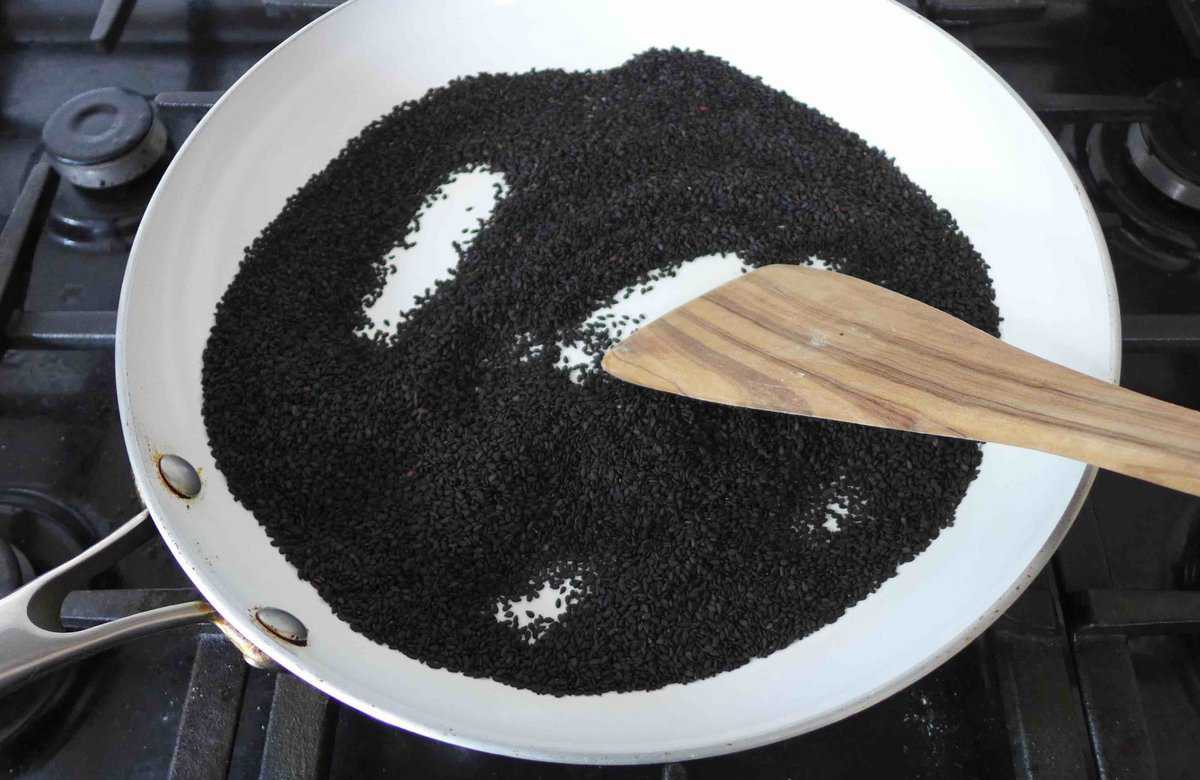


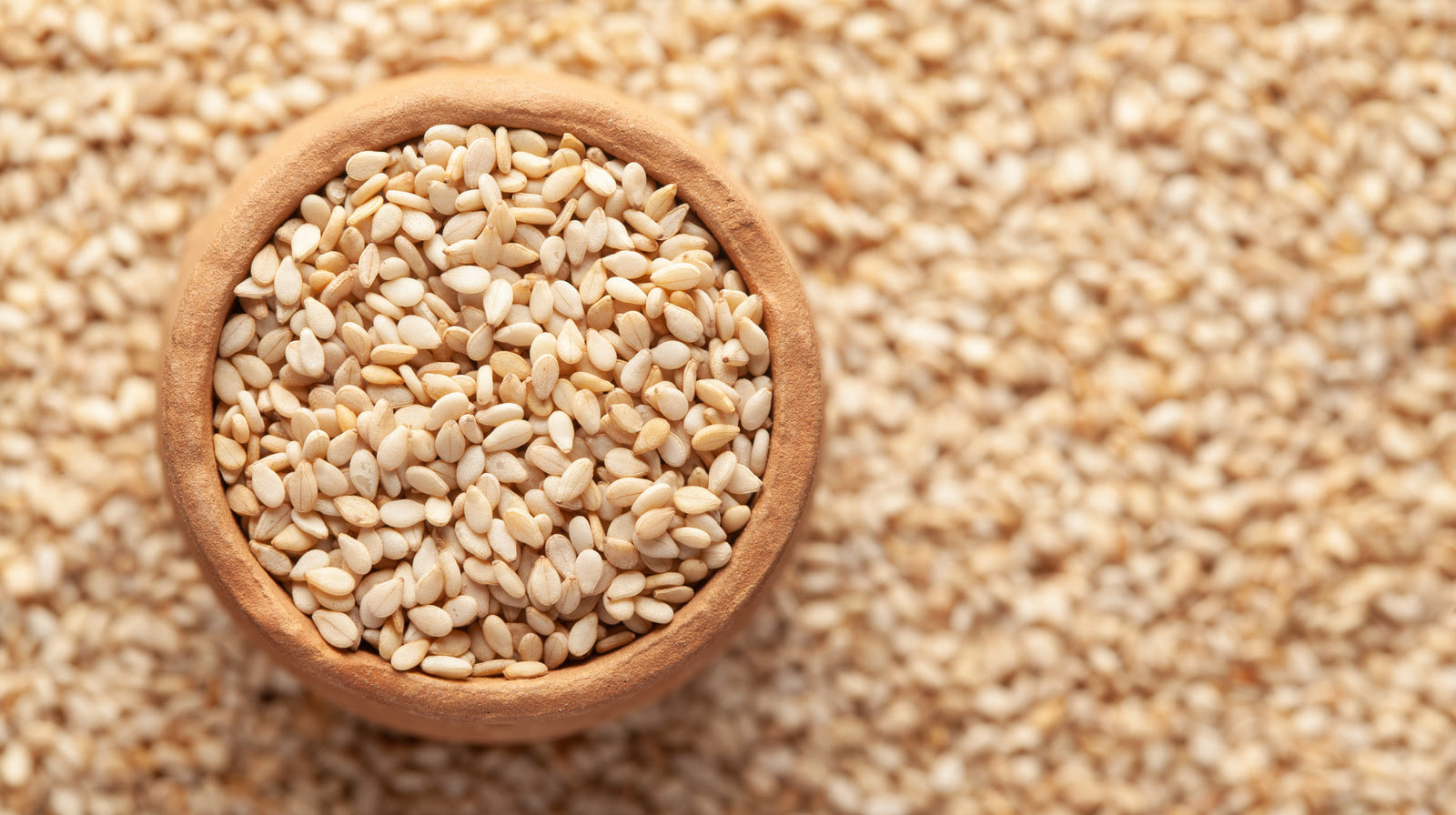
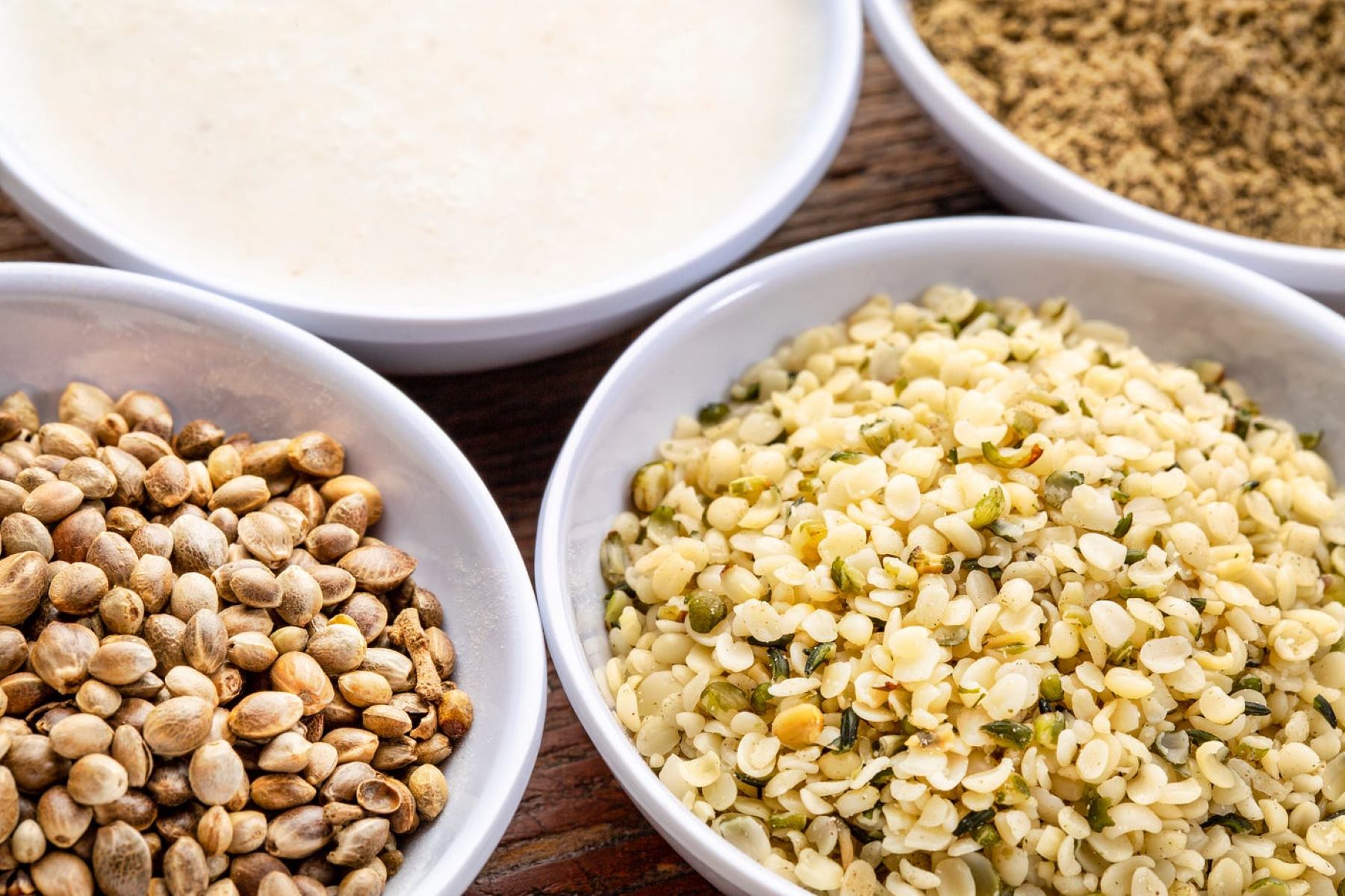
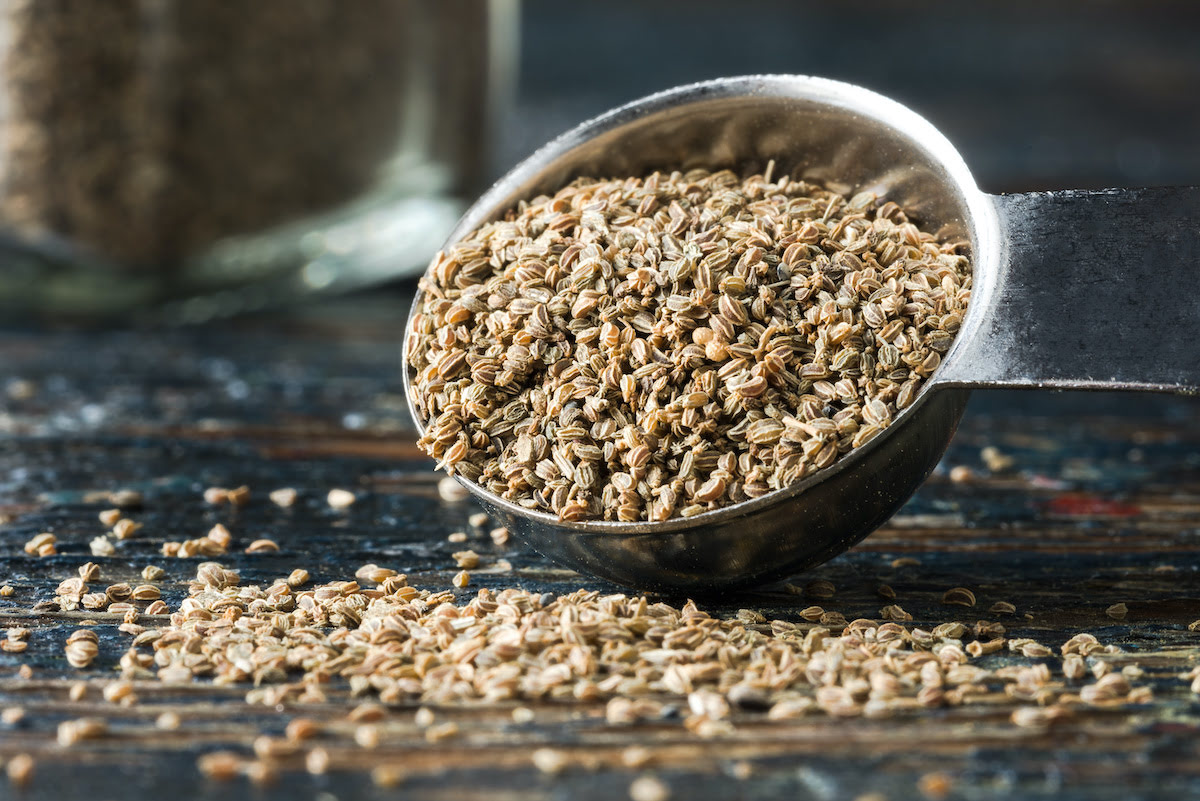
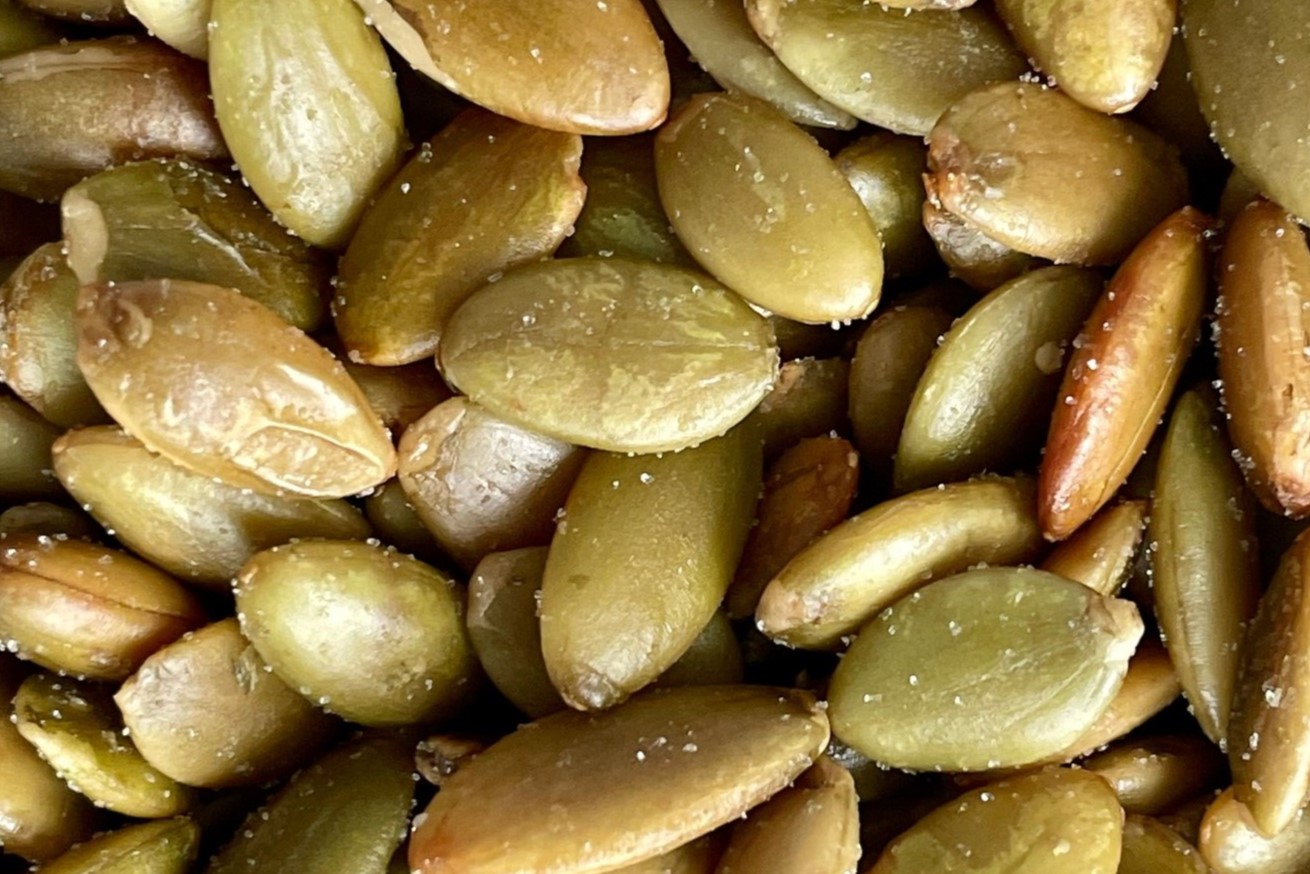
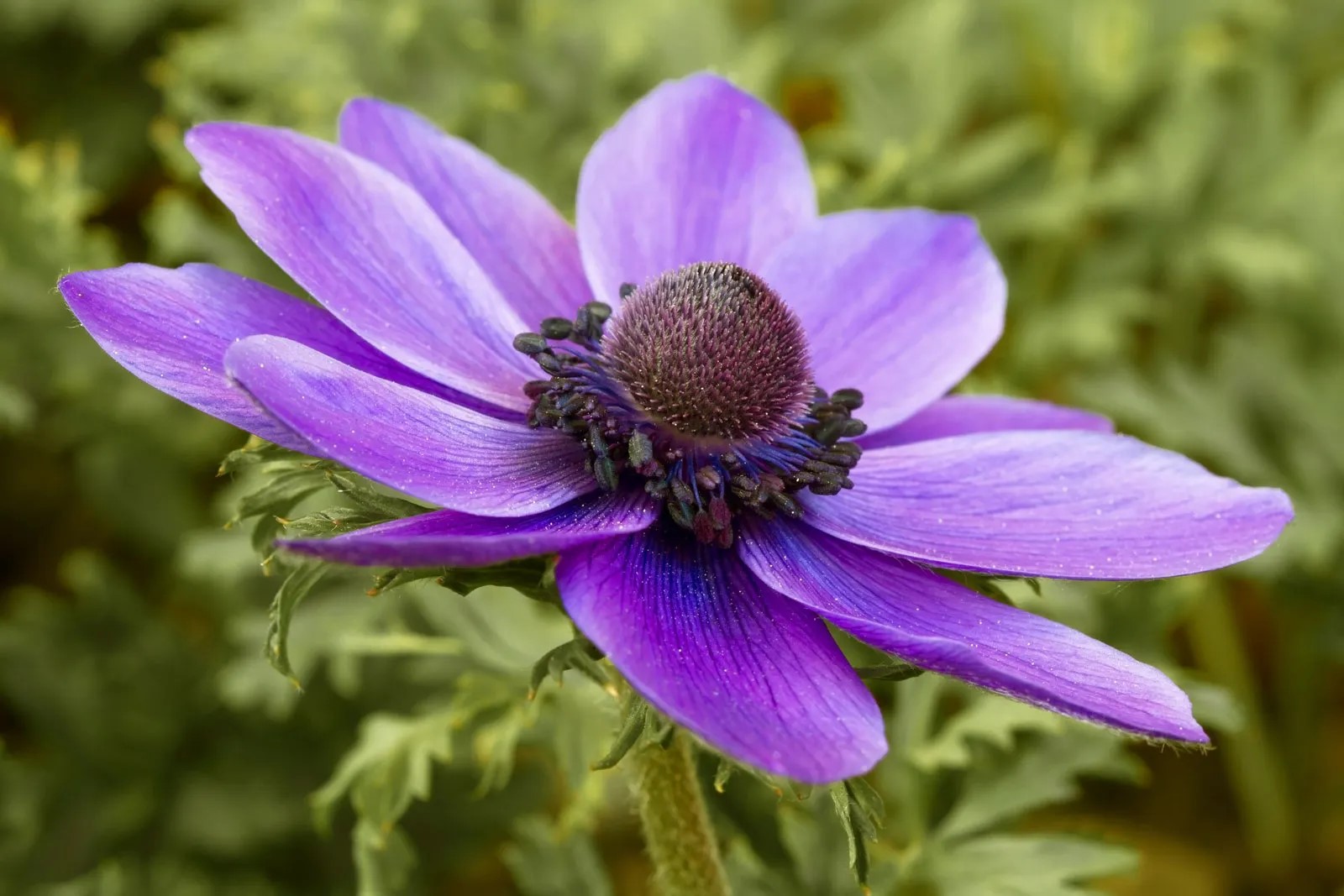
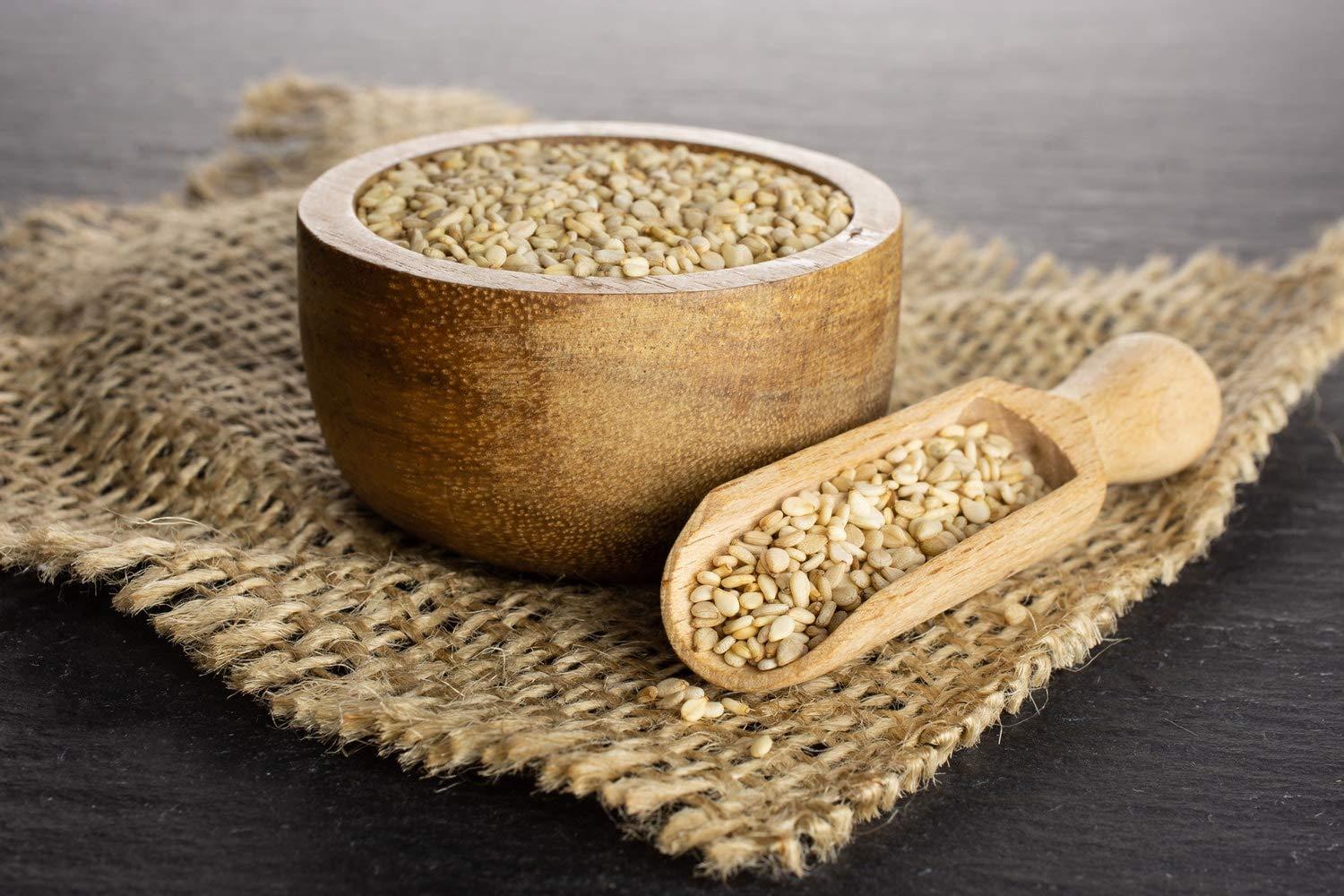

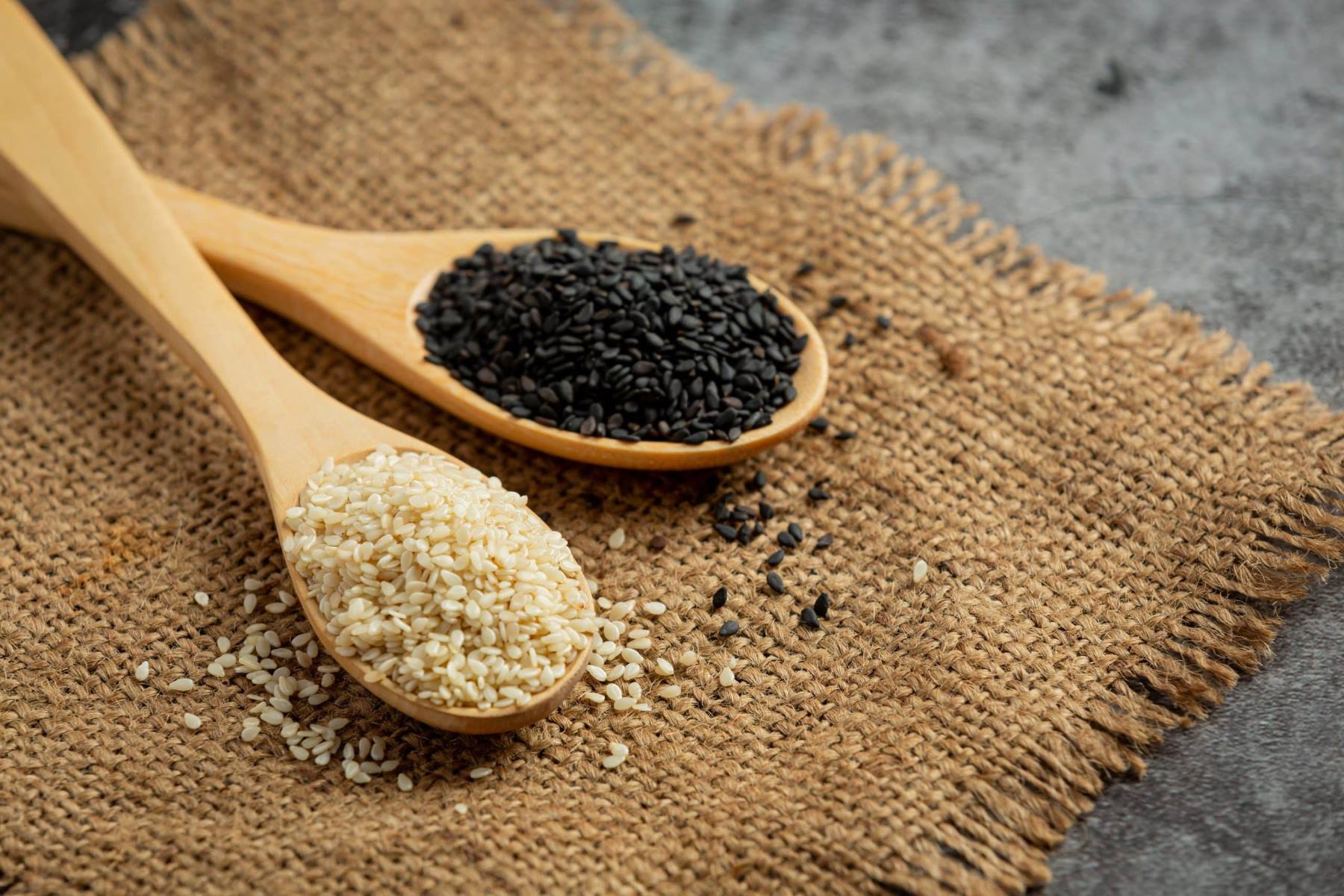
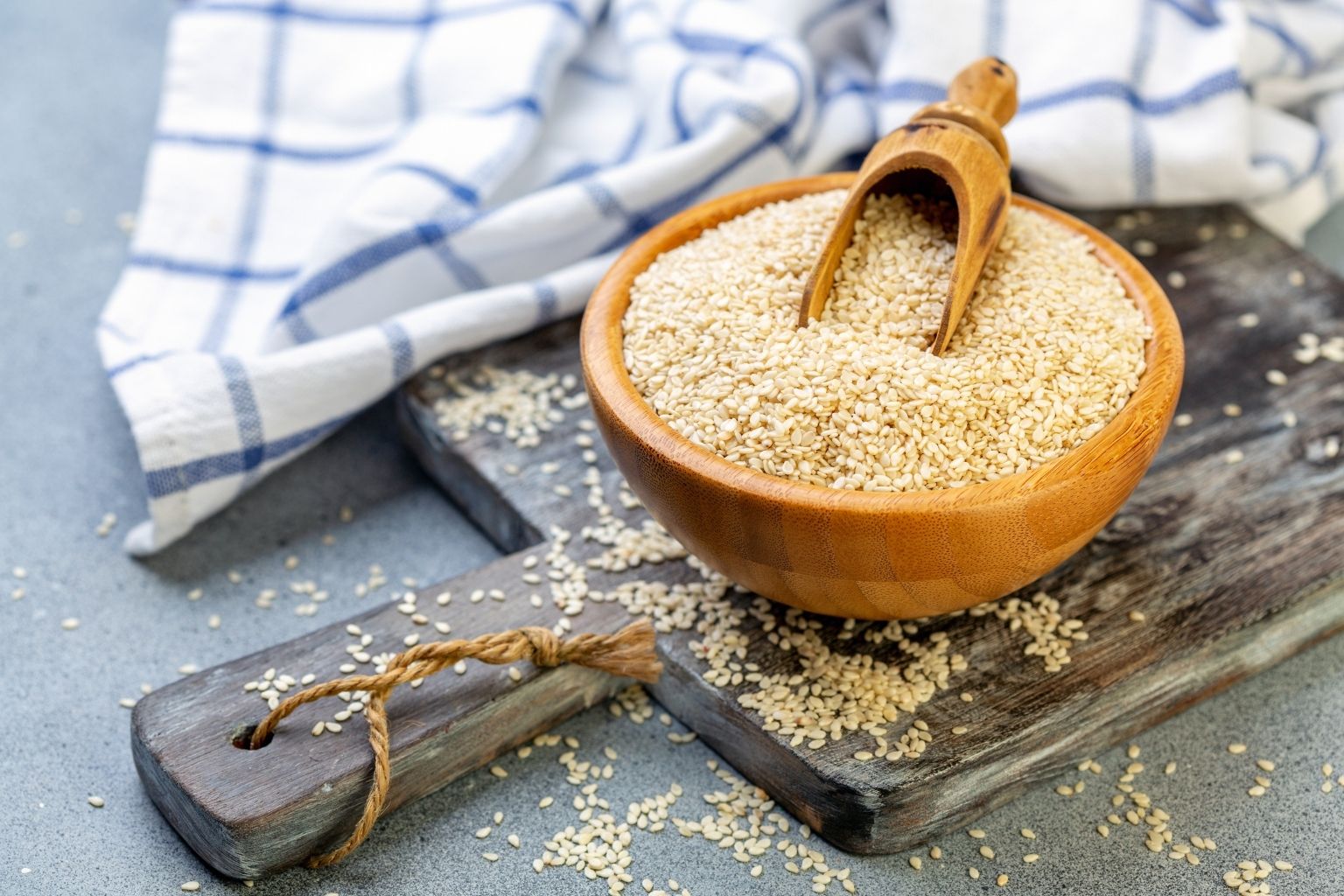

0 thoughts on “What Is The Difference Between Black And White Sesame Seeds”